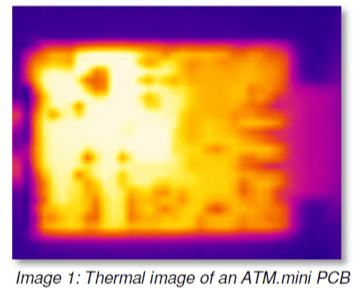
Pressure sensors with a current loop: What to consider in case of self-heating?
When pressure sensors equipped with a current loop are used, self-heating may occur due to their inherent design. This heat is produced when electric current flows through an electrical conductor or semiconductor. The effect of heat formation is based on Joule’s first law, whereby a voltage is generated through the electrical resistance of the conductor. The entire electrical conductor then becomes affected by this temperature rise, where that electric heat created is also known as “Joule heating.”
A corresponding investigation at STS has shown that self-heating can lead to accuracy fluctuations in measurements. The extent of these fluctuations depends on the quality of the respective sensor, as well as the specific application environments and conditions.
In applications where pressure is rapidly exerted across the entire pressure range of the sensor, a maximum error rate of < 0.1 % FS may occur. Depending on the sensor design, however, this measurement error also typically disappears after a period of two minutes. With a constant, uniform energy supply and elevated temperature, a state of equilibrium then prevails, where the heat created is now equal to the electrical power consumed.

To avoid any temporary measurement inaccuracies, however, STS recommends the following procedures:
- Reduce the supply voltage from 24 V to 12 V, since a lower voltage also entails a lower power input.
- Increase the load resistance.
- Switch to sensors with a voltage output.
The advantages of following these tips are obvious. By reducing power input, you will immediately achieve more accurate results, improving both the efficiency and reliability of the entire measurement process. Once any temporary measurement inaccuracies have been eliminated, a precise and reliable dynamic measurement can also be applied.
We would be happy to assist you further with any questions or problems arising.